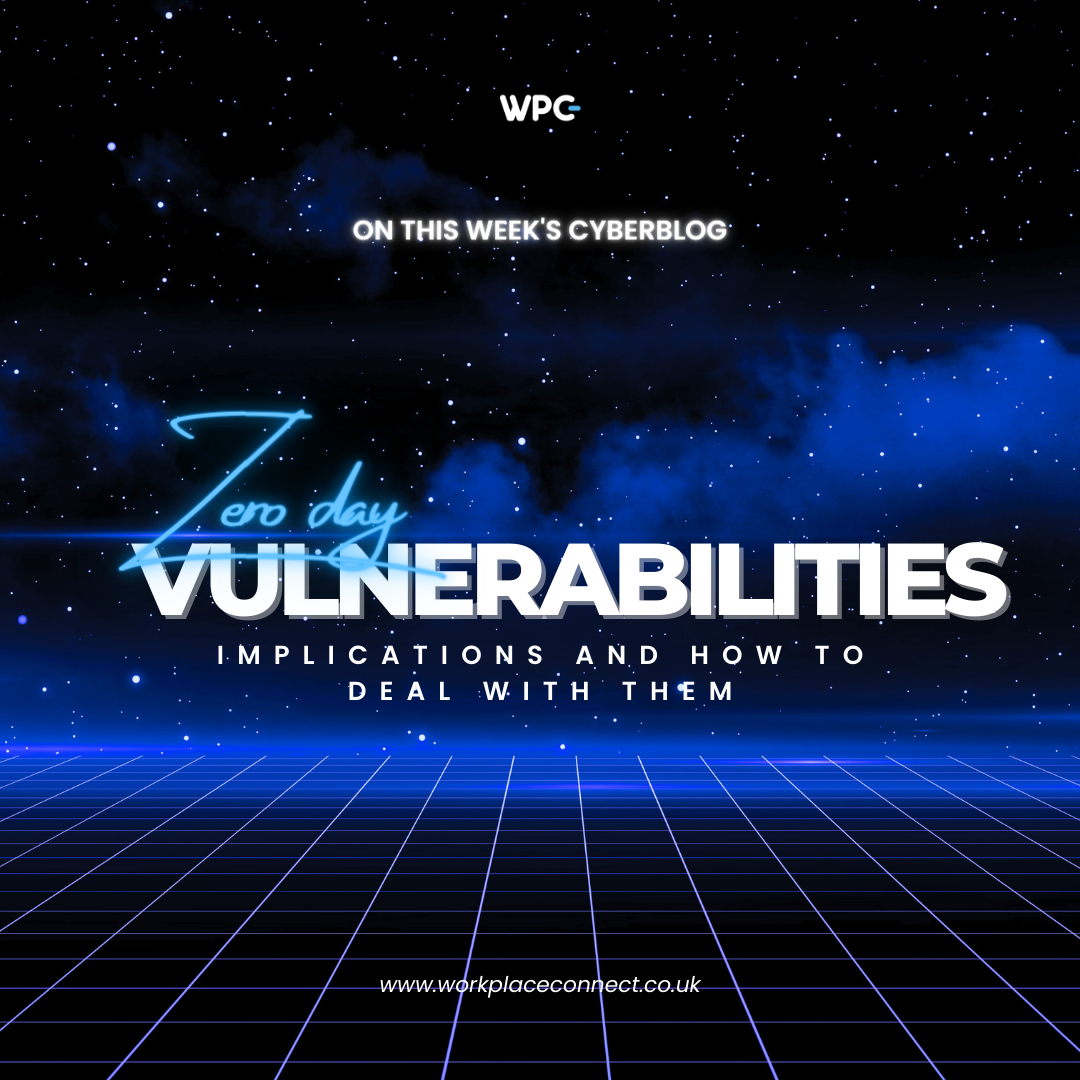What is a Zero-Day Vulnerability?
A zero-day security flaw is one that the person or parties in charge of patching or otherwise resolving the issue have not yet discovered in software, hardware, or firmware. When someone uses the term “zero-day vulnerability,” they are referring to the flaw itself, but “zero-day attack” is used to describe an attack where there are no days between the time the vulnerability is found and the initial attack. A zero-day exploit is a methodology or approach that hackers employ to launch an attack by taking advantage of a vulnerability, frequently with the use of malware.
Zero-day vulnerabilities are more dangerous for users since they were found before security experts and software developers were aware of them and before they could provide a fix.
- Cybercriminals rush to take advantage of these weaknesses in order to profit from their schemes.
- System vulnerabilities exist until the vendor releases a patch.
Normally, when a software product is found to have a potential security flaw, someone or some organisation will alert the software business (and occasionally the entire globe) so that appropriate action can be taken.
If given enough time, the software developer can update the code and release a patch. Even if attackers were to learn of the vulnerability, it might take them a while to exploit it; in the meantime, the remedy should appear first.
But occasionally, a hostile hacker can be the one to identify the flaw. Since the flaw is unknown beforehand, there is no method to prevent the exploit once an attack takes place. However, businesses that are vulnerable to such vulnerabilities can set up protocols for early detection.
Finding Zero-Day Vulnerabilities
Understanding the fact that there is no ideal system or defence that will stop every breach is the first step toward cybersecurity. A zero-day vulnerability could appear at any time in any system or business. Once you acknowledge that there may be unknown vulnerabilities and that cyberattacks are always a possibility, you can design a practical approach to reduce risks while simultaneously preparing for an immediate response and breach recovery.
What Approaches Are Used to Manage Zero-Day Vulnerabilities?
Software developers and cybersecurity experts work swiftly to create and apply a security patch when they come across a zero-day vulnerability. Companies that may be impacted by a probable security flaw should be informed as soon as possible, should apply the security patch as soon as it is made available, and should remain vigilant against the potential for a security breach throughout the window of vulnerability—even soon after the patch has been implemented.
Zero-Day Vulnerability vs. Zero-Day Attack
Potentially dangerous, a zero-day vulnerability is a security hole that lasts only until it can be closed. However, there is a crucial window period during which the vulnerability can be abused and attacked before a fix has been created, tested, and disseminated. Attackers have a temporary edge during that time since malware is frequently quicker and easier to design.
The worst-case scenario is a zero-day exploit, in which malicious code is created and released to exploit the vulnerability before a security response is ready.
When malicious actors attack a vulnerable system to disrupt its operation or steal sensitive data, they are committing a zero-day attack.
Zero-Day Attacks In Real Life
One well-known instance of a zero-day attack took place in the early stages of the COVID-19 epidemic, when a large number of students and office workers rapidly switched to remote education and employment from home, and regular use of videoconferencing software nearly doubled overnight. Zoom, one of the most widely used videoconferencing services, saw more than 500 million downloads alone in 2020.
Zoom was found to have a zero-day vulnerability in April 2020 that, under certain circumstances, allowed attackers to obtain remote access to users’ computers. The flaw was quickly fixed, but not before unfavourable publicity caused numerous establishments, including schools, to temporarily limit or forbid the use of Zoom software.
Protection Against Zero-Day Attacks
Due to their difficulty in detection, zero-day exploits are challenging to fight against. When malware utilises a zero-day exploit that hasn’t been seen before, vulnerability scanning software that relies on malware signature checkers for comparing suspicious code with known malware signatures won’t be able to stop the infection.
A specific exploit cannot be prevented in advance since a zero-day vulnerability cannot be identified in advance. Companies can, however, take a few steps to lessen their exposure to risk. They consist of the following:
- Utilise dedicated physical or virtual network sections to separate critical traffic moving between servers or utilise virtual local area networks to divide specific network areas.
- Apply the IP security protocol, IPsec, to network traffic to encrypt and authenticate it.
- Install an IPS or IDS. IDS and IPS security tools that rely on signatures might not be able to recognize the attack, but they could be able to warn defenders of unusual behaviour that develops as a result of the attack.
- To stop malicious devices from gaining entry to critical areas of the business environment, use network access control.
- For the best defence against wireless-based assaults, secure wireless access points and employ a security protocol like Wi-Fi Protected Access 2.
- Ensure that all systems are patched and current. Although updates won’t prevent a zero-day assault, maintaining properly patched network resources may make it more challenging for an attack of this kind to succeed. Apply any zero-day or n-day patches as soon as they are made available.
- Enterprise networks should undergo routine vulnerability screening, and any vulnerabilities found should be closed.
The greatest line of defence against unknown exploits is to maintain an elevated standard for cybersecurity hygiene, even while it may not completely avoid all zero-day assaults.
Workplace Connect and Zero-day Vulnerabilities
With its security risk management services, Workplace Connect can assist your company in creating a workplace that is cyber-resilient from the data centre to remote workers’ homes and everywhere in between.
Through secure-by-design and zero-trust principles, our security specialists assist customers in reducing zero-day vulnerabilities and accelerating time to recovery with tried-and-true business continuity and disaster recovery techniques. The data protection services from Workplace Connect include backup as a service and disaster recovery as a service.







